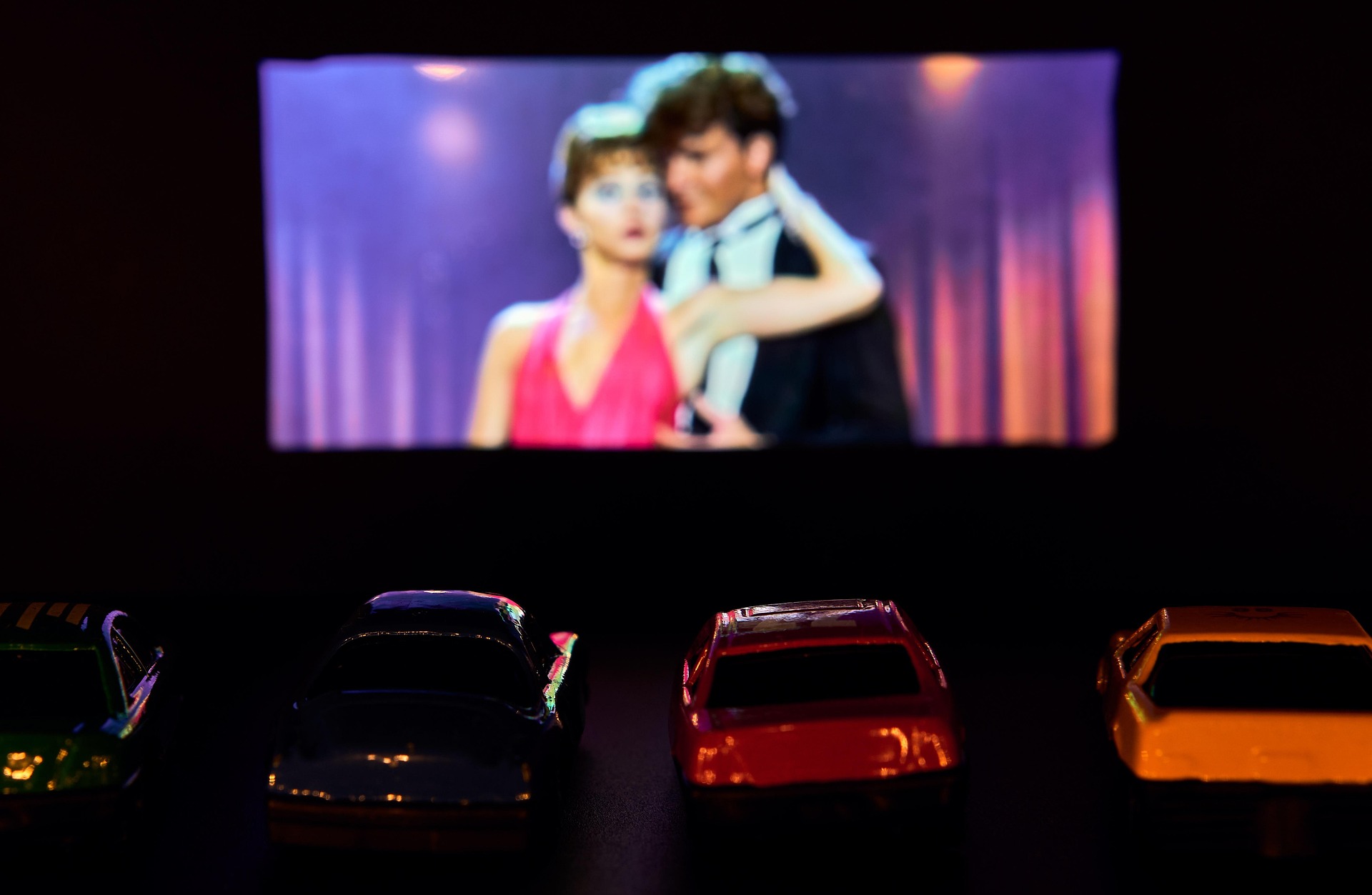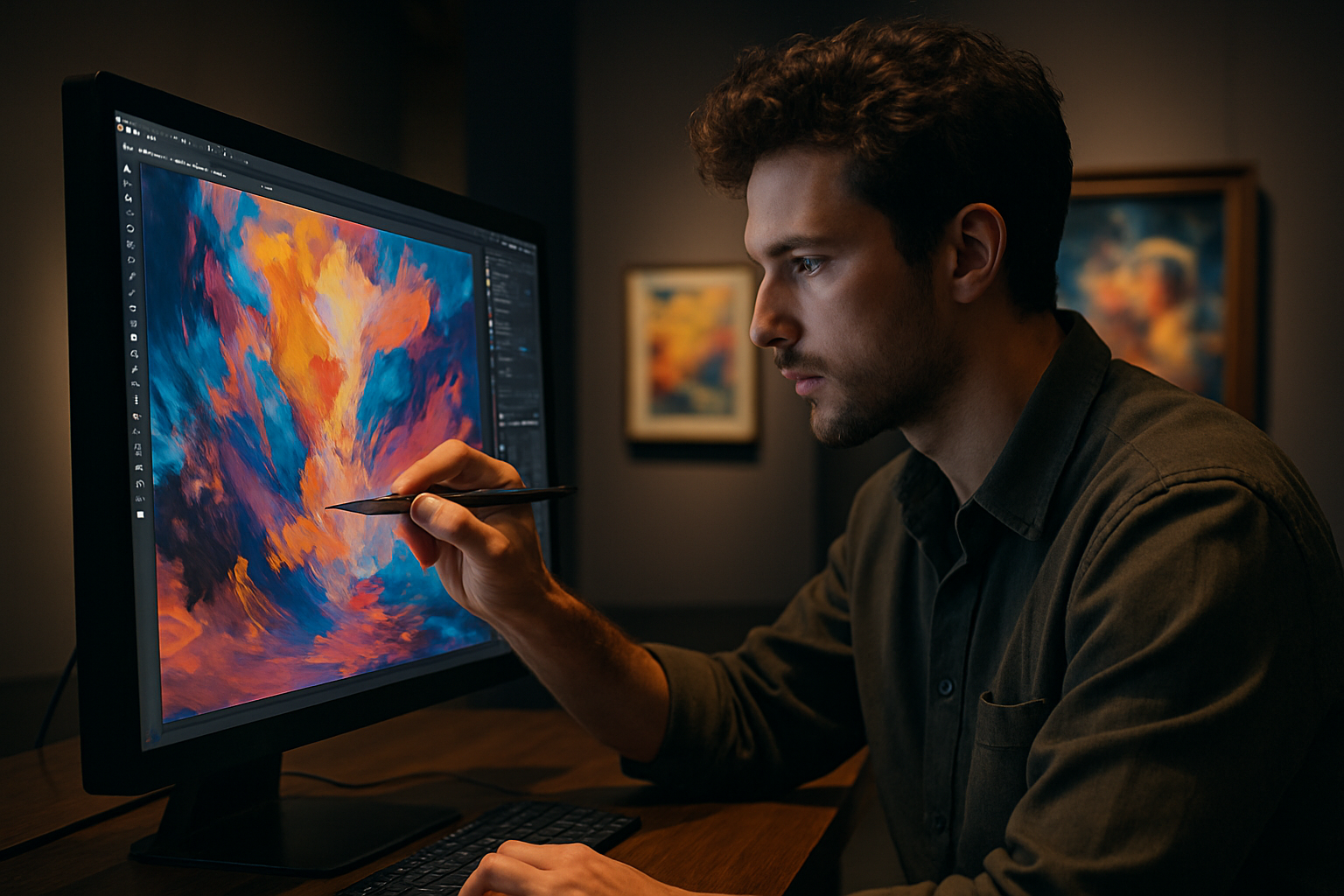Fanning the Flames: The Resurgence of Fire Art in Contemporary Culture
Introduction: In the ever-evolving world of contemporary art, one elemental force has been making a fiery comeback. Fire art, a medium that intertwines the primal and the modern, is forging a fresh path in the arts and entertainment industry. This article delves into the rise, significance, and current trends of this blazing art form.

An Illuminated History: Tracing the Origins of Fire Art
Fire art, in its broadest sense, has been a part of human culture since the discovery of fire itself. From the early man using fire to create rudimentary cave paintings to ancient civilizations incorporating fire in their rituals and ceremonies, this element has been a constant source of fascination and reverence.
In the 20th century, fire found its way into the realm of performance art, with artists like Yves Klein utilizing fire in a way that was both destructive and creative. His 1961 work, “Fire Paintings,” was an amalgamation of fire, gas burners, and water sprays resulting in burnt canvases that served as a testament to fire’s transformative power.
The Rekindling: Fire Art in the 21st Century
Fast forward to the 21st century, fire art has reignited interest among contemporary artists and audiences alike. This resurgence can be largely attributed to the Burning Man festival, an annual event in the Nevada desert. Here, fire art installations have become synonymous with the festival’s ethos of radical self-expression.
A notable name in the contemporary fire art scene is David Umlas, co-founder of the “Temple Crew,” a group of artists responsible for creating large-scale, ephemeral fire art installations at Burning Man. Umlas’s work, like the “Temple of Honor” (2003), combines intricate woodwork with planned burnings, creating a spectacle that is both visually stunning and symbolically profound.
Fan the Flames: Current Trends and Developments
Fire art is not just confined to large-scale installations or performance art. It has permeated various art forms, such as fire photography, pyrography (wood burning art), and even fire dancing. The use of digital technology and new materials has also allowed artists to experiment with fire in unprecedented ways.
For example, Adam Williams, a renowned fire photographer, combines long exposure photography techniques with fire to create surreal and captivating images. Meanwhile, in the world of dance, fire dancing troupes like the “Flaming Lotus Girls” are pushing the boundaries of performance art, combining choreography with fire manipulation.
Playing with Fire: The Impact and Reception of Fire Art
The resurgence of fire art has sparked a renewed interest in this elemental medium. It’s not just the spectacle of fire that captivates audiences, but also the metaphorical resonance it holds. Fire, with its dual ability to create and destroy, serves as a powerful symbol in an era marked by rapid change and uncertainty.
Critics and audiences alike have praised the innovative use of fire in contemporary art, hailing it as a visceral medium that challenges our perceptions and pushes the boundaries of what art can be.
In The Future Burns Bright
As we move further into the 21st century, the future of fire art looks promising. Its resurgence is a testament to the enduring power of this elemental force, and a reminder of our primal fascination with it. As artists continue to explore and experiment with fire, we can expect to see even more illuminating works of art in the years to come.
In the end, fire art, like the element it embodies, cannot be tamed or defined. It is a medium that burns bright, illuminates our world, and leaves a lasting impression, long after the flames have been extinguished.





